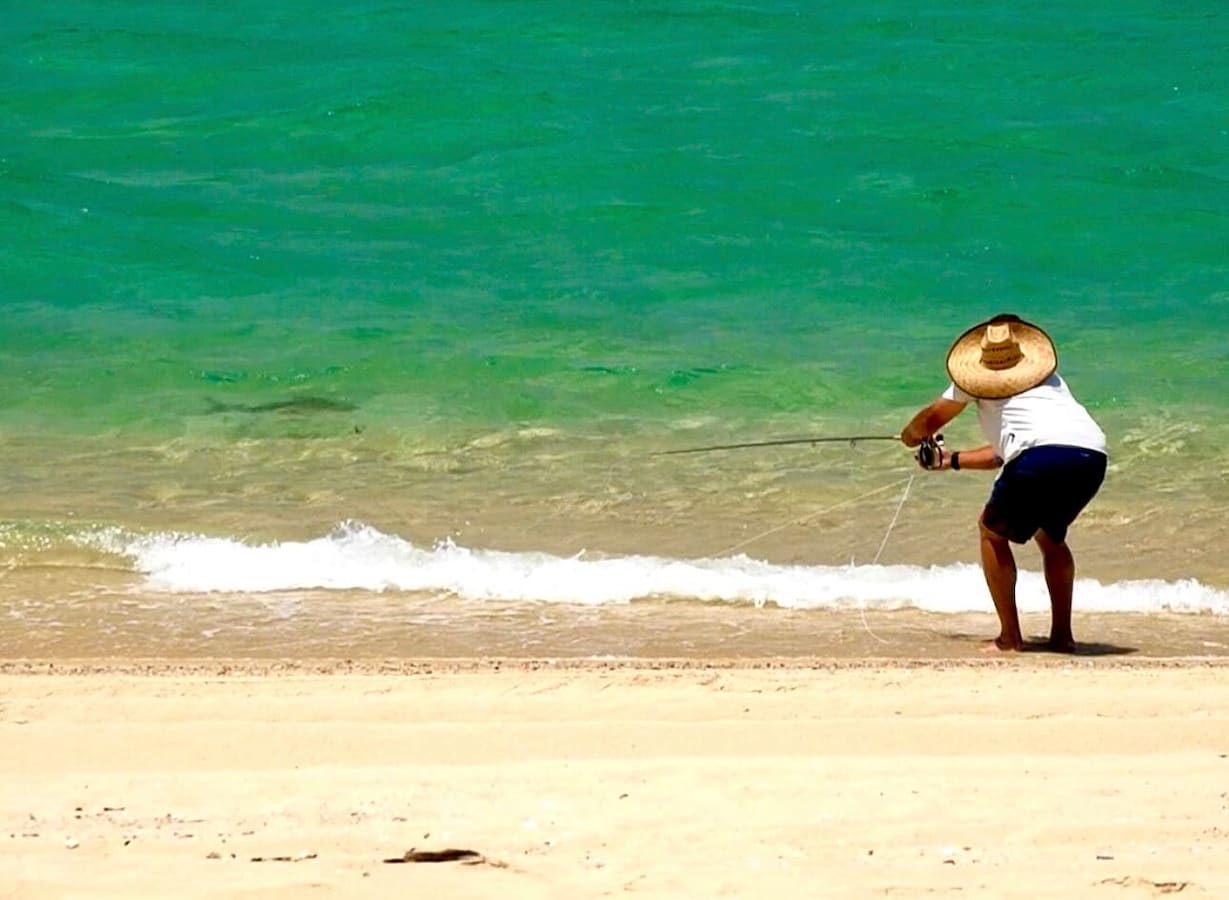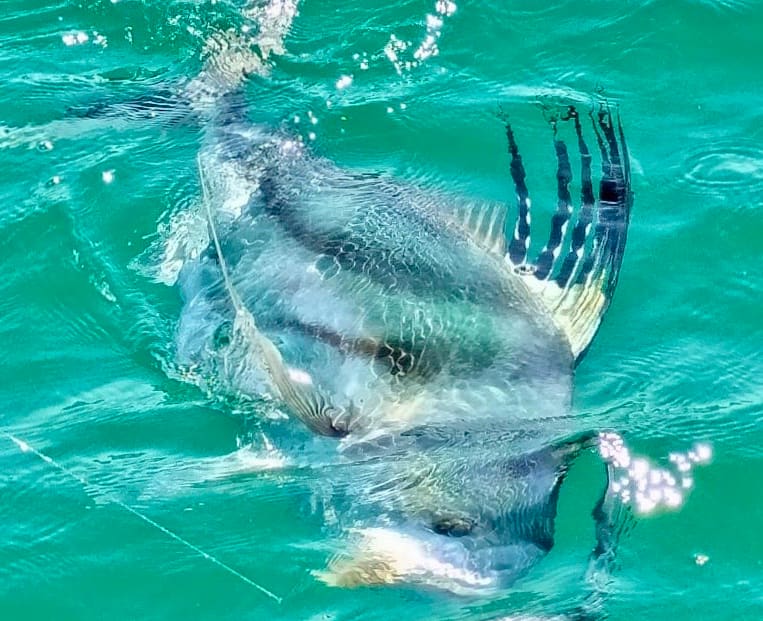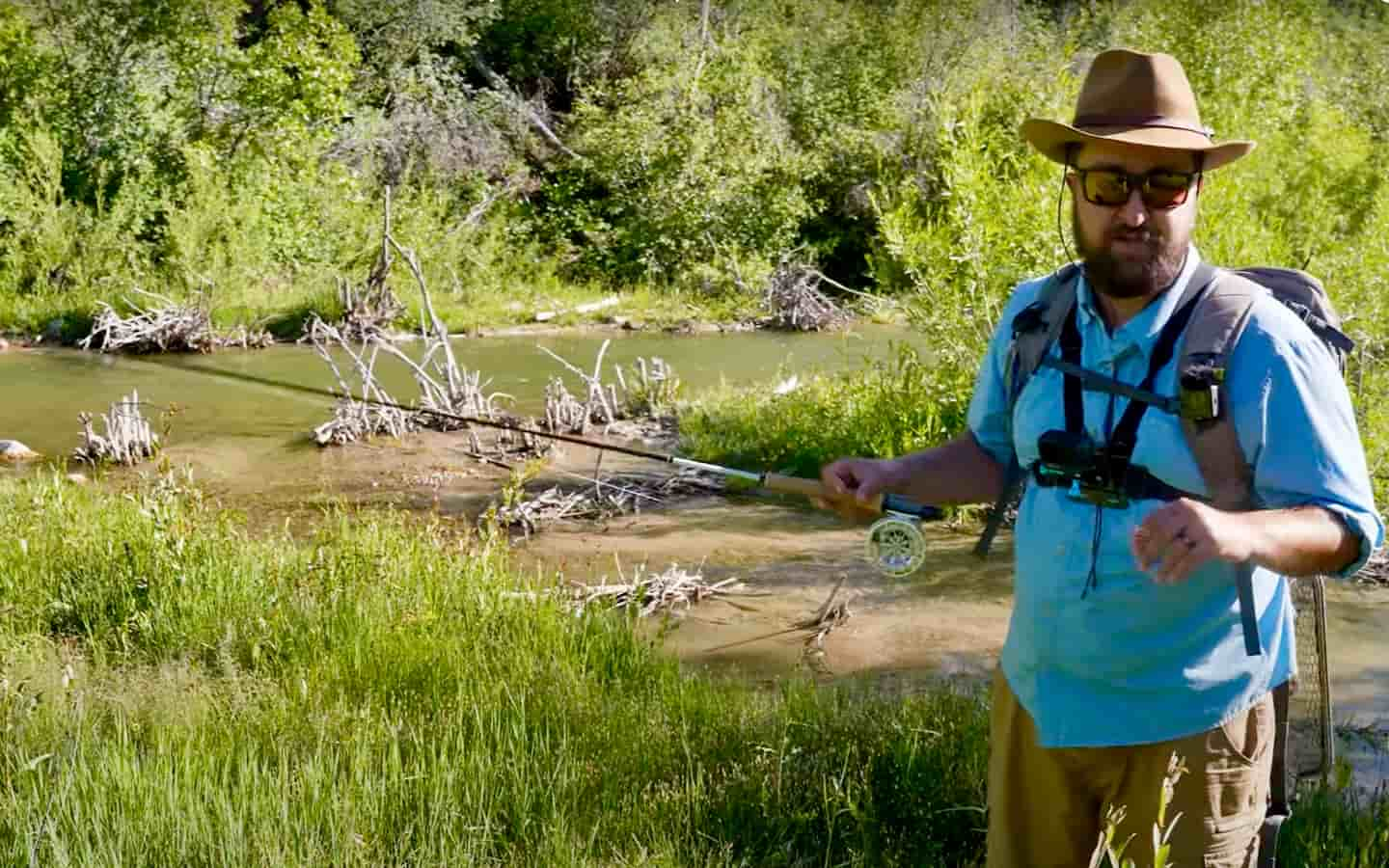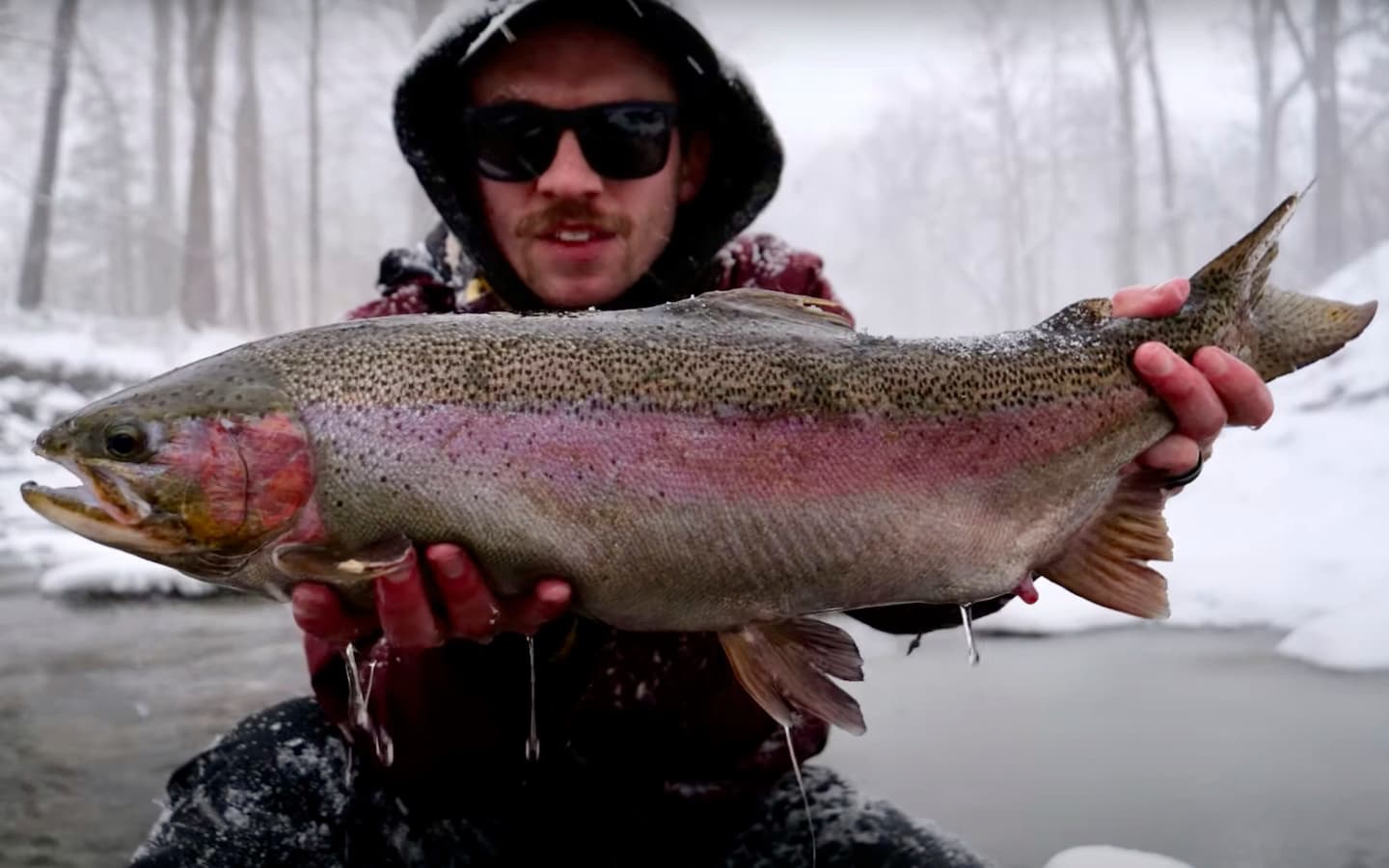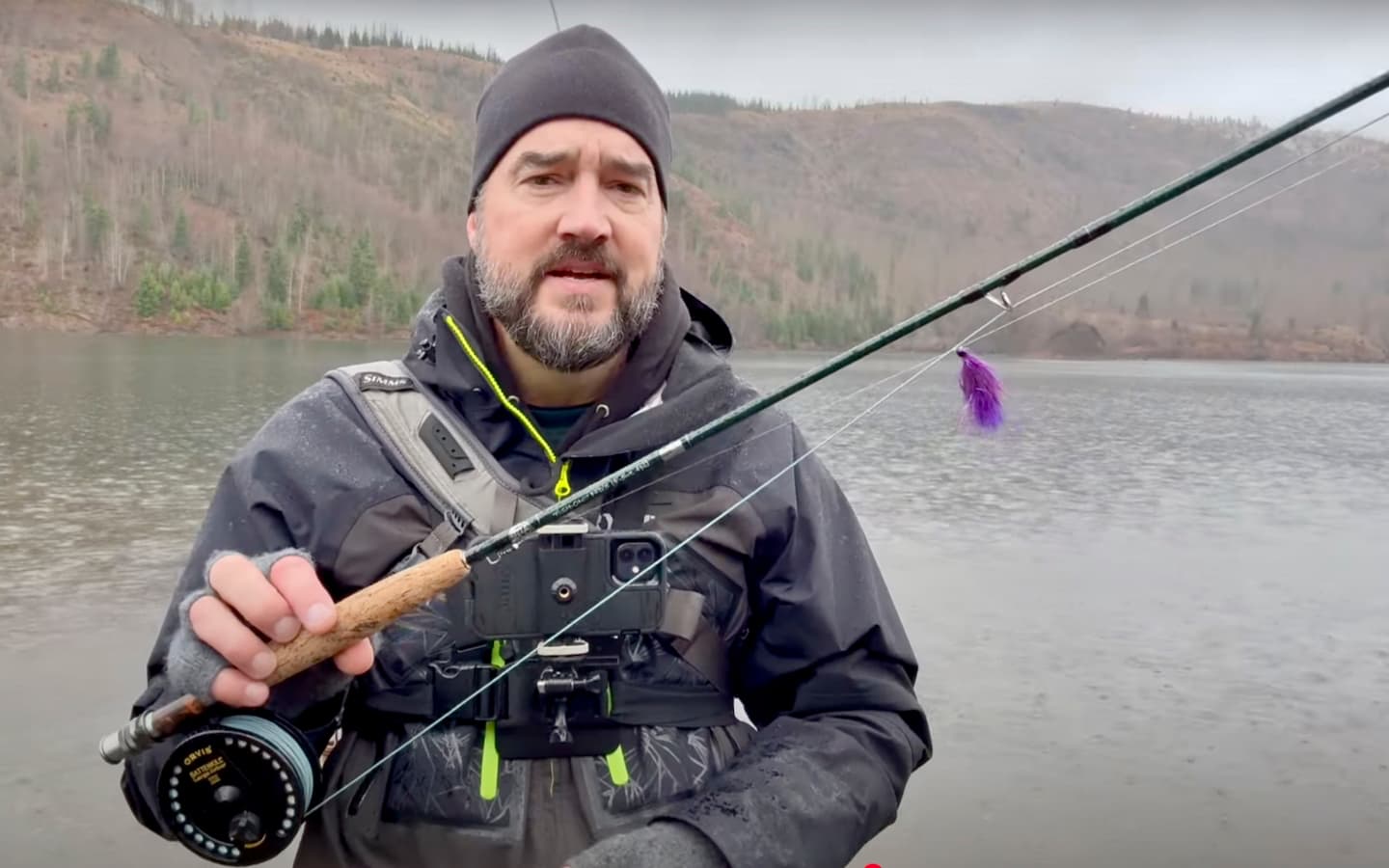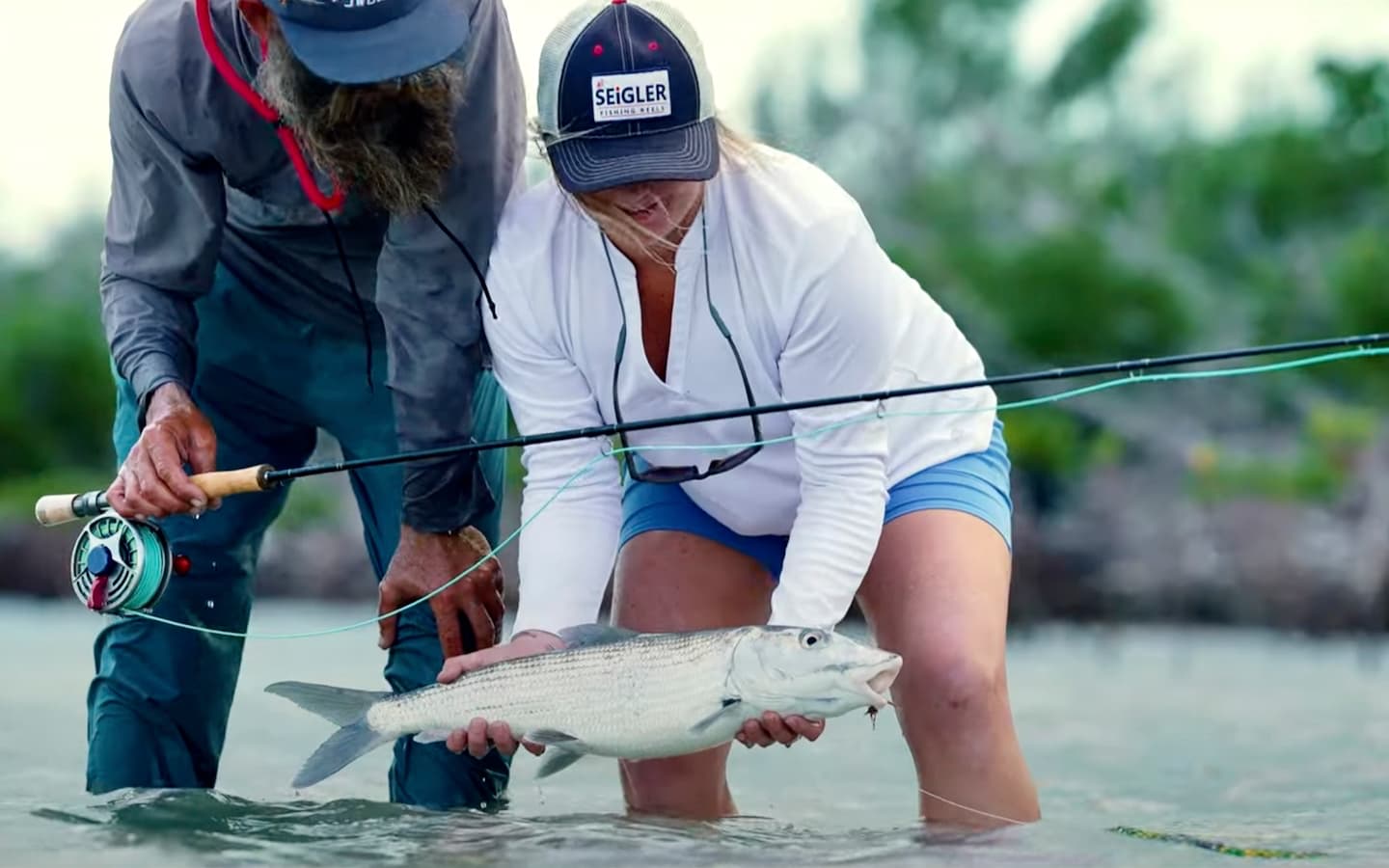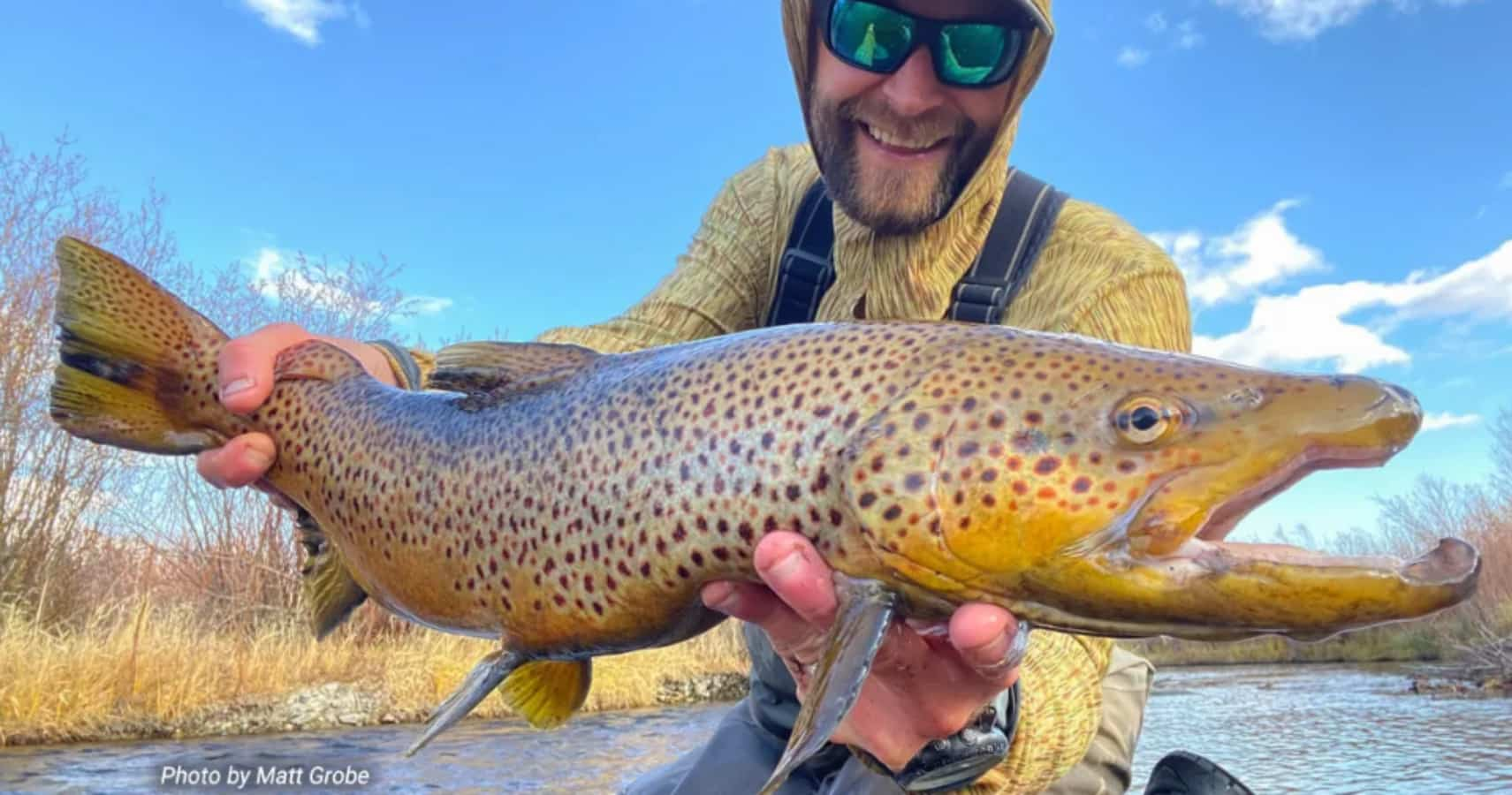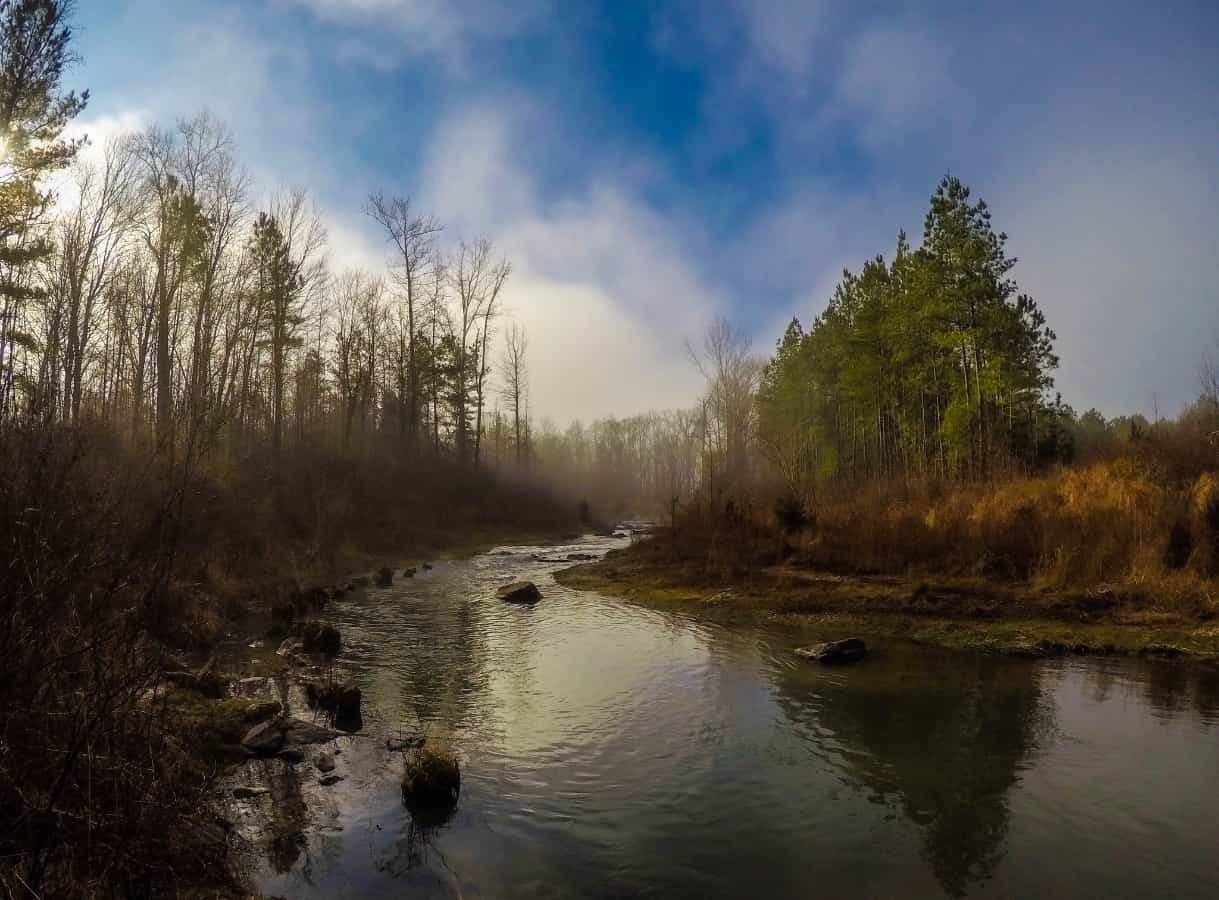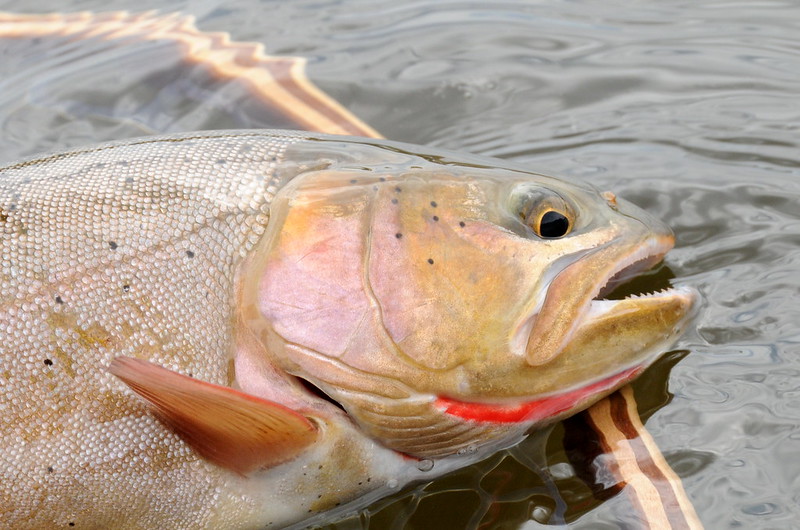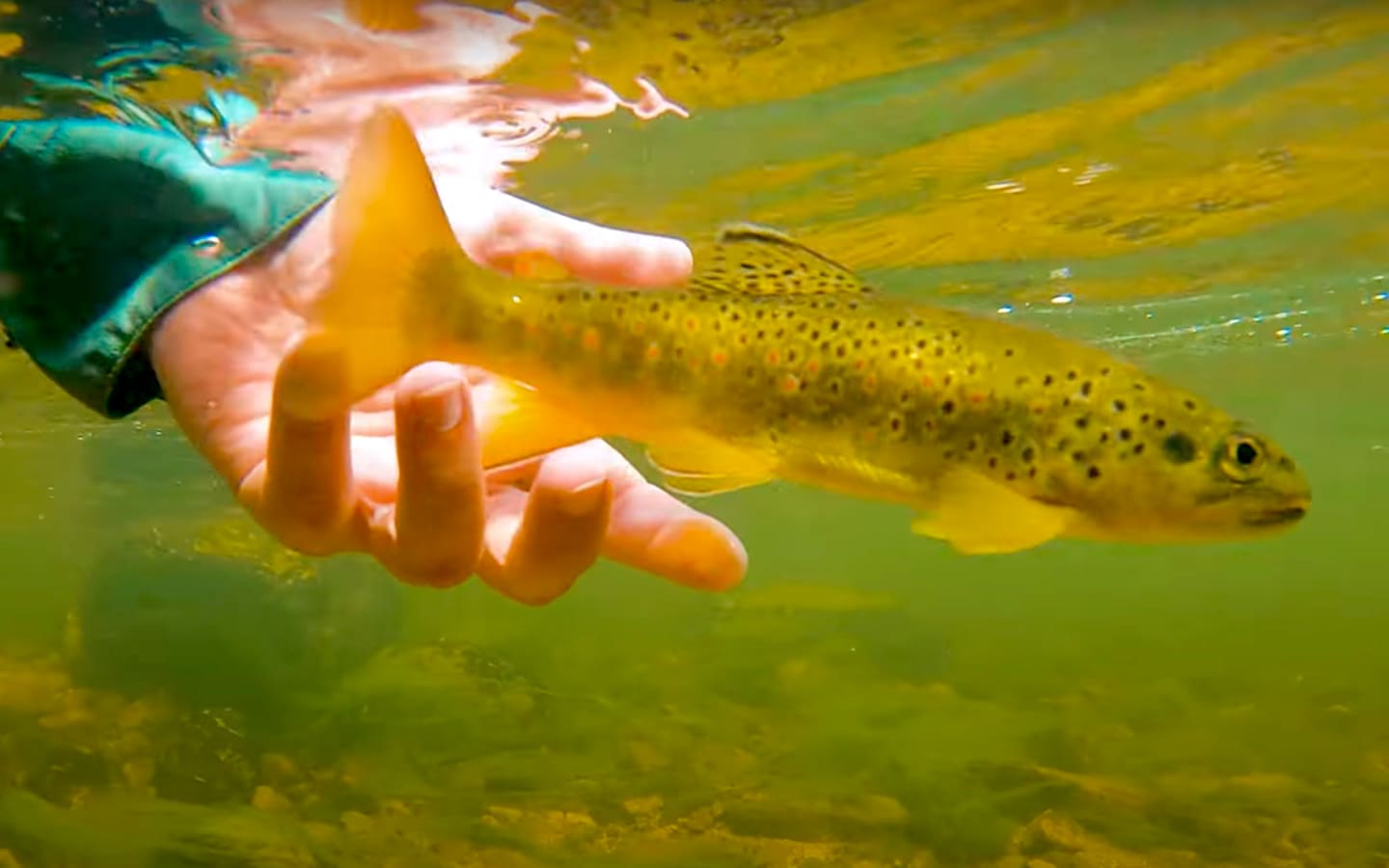Más Roosterfish
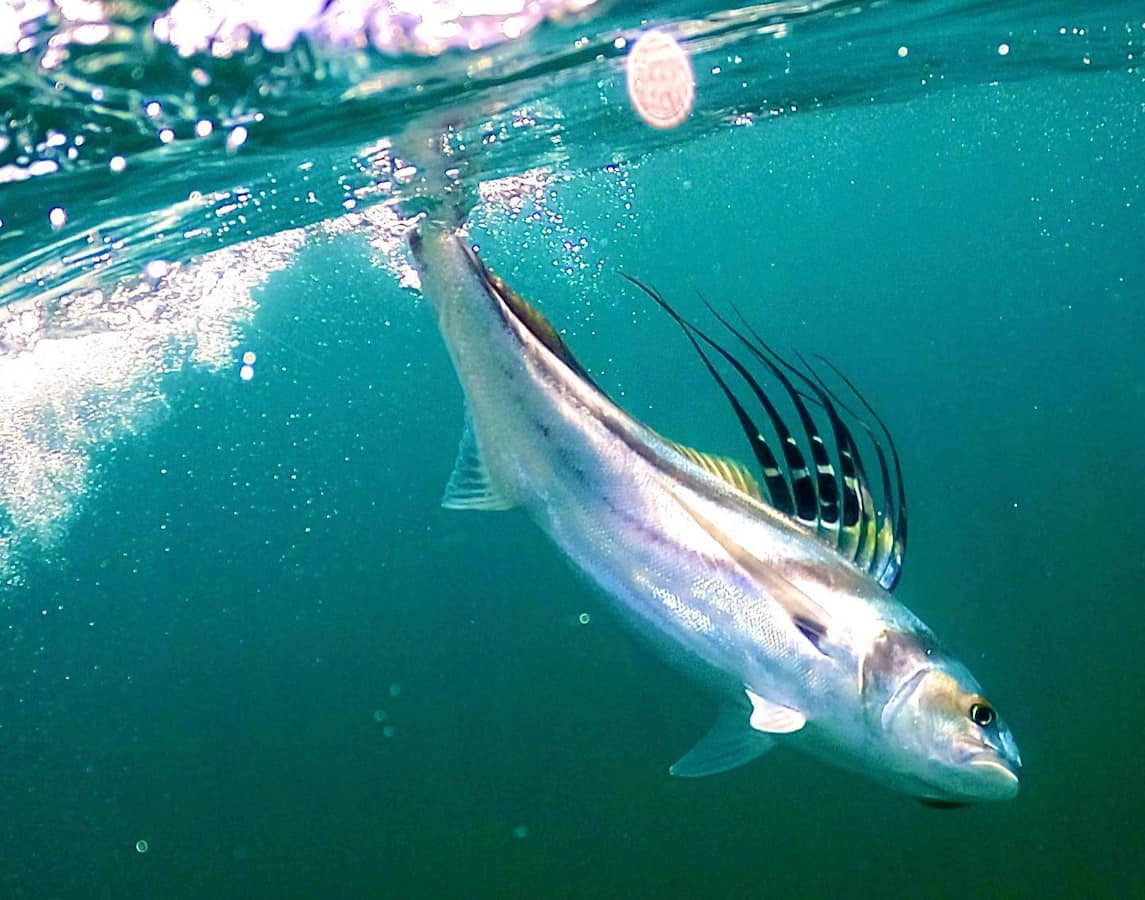
All images by @flyfishmex
I had tried for roosterfish on my own, and caught one. “You were lucky,” my pal, Greg Flores said. I was unfazed. They all say that.
Tomorrow I had the benefit of the expert. Heading north from Cabo San Lucas, Greg would drive me in his Jeep looking for places where the surf flattened and created “pools”, or lingering shallows. This is where you see and cast to fish. For flies we had gaudy, four-inch clousers, tied by locals and sold in area tackle shops. Greg tried every color in the book, he said, but told me to trust him. Hot pink works the best.
It’s good to have a friend in Mexico. Even better to have a friend in Mexico who owns a jeep and sells tequila for a living. Best of all, a friend with all this who likes to fly fish.
We sat on his patio watching the sun go down over the Pacific. There is perhaps no more beautiful sight. Three hotel maids, tired but smiling, walked by, heading for the bus stop. There is indeed a more beautiful sight.
“We’ll just have one,” Greg said. He poured a double-shot of tequila into two glasses. You don’t usually catch me drinking straight liquor. But at $70 a bottle this was the good stuff.
“With roosterfish you get up early,” Greg said. “Number one, we’re an hour away from the first good beach. Two, roosterfish are early risers, and feed when the wind is down. And they don’t like the sun in their eyes any more than we do. Finally, and possibly most important of all, you do not want to be outside at noon. Not in Mexico.”
“I can handle it,” I said, feeling good. I held my glass against the setting sun.
“No, you can’t.”
Once roosterfish are spotted (and you will often see more than one) you need to get to them fast. They move continuously, working the sand for mullet and rock crabs, or herding sardines against the beach, their slender tail exposed. Don’t be too proud to run.
Once within range, caution is advised. Greg’s method is to wade from the side, rather than coming straight at them from the beach. Like any fish they can be spooked. At thirty yards you throw the fly past those big heads. Stripping carefully, you pause and strip, pause and strip. The take is not subtle. The fish will grab and run back to the surf, not waiting for something to steal their breakfast.
When they feel the hook the real fun begins as the fish powers off the flats, hell-bent for Japan. This is a fish that can take you into your backing, and fast. Roosterfish need to be pressured, and a stout rod with a big saltwater fly reel is preferred. Greg uses heavy-butted eleven-weight, ten-foot rods with thirty pound fluorocarbon leaders. It takes a real sportsman to go lighter, say a whippy eight- or nine-weight bonefish rig, but I’ve heard it done.
Cabo roosterfish excel at long, speedy runs, and your stomach churns watching $150 dollar line hiss through the surf. At intervals the fish “rests”, if you can call it that. Usually they move sideways, pulling the whole way. It’s a good idea to follow.
Size? A good one will go twenty pounds. They get bigger, a lot bigger. But any angry, fork-tailed, spike-backed rooster over ten is enough fish for this angler.
“There’s one,” Greg said. We had been driving on a rocky two-track just off the beach. Fly rods hung from the back, ready to go. We jumped out. Greg’s Jeep has no doors. But then I never saw a Jeep in Mexico with doors.
Greg wore neoprene socks and rubber flats boots. I wore Chuck Taylor sneakers. Amateur. We waded to our knees and approached from the side, a low surf sucking at our feet. I couldn’t see anything, but Greg pointed. Right there!
We crouched and waded. Now I saw him, the fish working off to my left. Like duck hunting, you get the shot on your side. I stripped line as fast as I could. There’s nothing to snag, and I soon had a ton of line in the air. Hauling six, seven times I made a final strip and let her fly. The pink clouser landed with a splash. Watching line, I had lost sight of the fish.
“Where is he?” I asked. As soon as I spoke there was a boil and line snapped tight. Then the drag screamed.
Fish on!
I knew what to expect. When I palmed the reel the rooster dodged right, then headed out to sea. Line zinged. I applied pressure, palming the oversized reel. I braced the butt against my midsection. “I think he’s tiring,” I yelled. “How big do you think…”
But Greg had his own line in the air. On the right two, three tailing roosterfish circled. I watched him drop his Crazy Charlie into the mix. His line tightened, throwing spray.
“Yo tengo un pescado!” he yelled.
Greg speaks better English than I do. Which isn’t that hard, but when he gets excited it comes out in Spanish. I glanced over and saw Greg palming his reel and backing onto the beach.
His long rod bobbed wildly. Then the line zipped toward mine. A tangle meant losing both fish, and I waded to my right as fast as I could. Then I put the “lumber” to him and forced the fish away. Slicing through surf, the spiked dorsal waved, a stress display. The rooster made a last, no-hold-barred dash for deep water. Then came in on a roller. He lay on its side, and I grabbed the tail.
Greg brought his fish knee deep. He never touched it, deftly removing the hook and watching it wander off.
“Let’s get yours back in the water,” he said. He plucked the hook. I held the rooster in the sea, the blue bars like spray paint across the silver back and sides. It took a big breath and vanished.
“I’m guessing twelve pounds,” I said.
“Fifteen.” Greg shook water from his reel. “Mine was bigger.”
Of course it was. I didn’t argue.
We drove back, the sun gaining in the azure sky. Halfway back he put the top up. Greg’s as brown as a bottle of Dos Equis amber, but even he doesn’t mess with the sun. Best not to push it. There would be more mornings and more fishing. A big lunch and a siesta was in order, and then the long drop of sun to ocean and a glass of that refined engine cleaner Greg calls tequila.
In fishing, as in any pursuit, knowing when to start is important. But just as important? Knowing when to quit.
